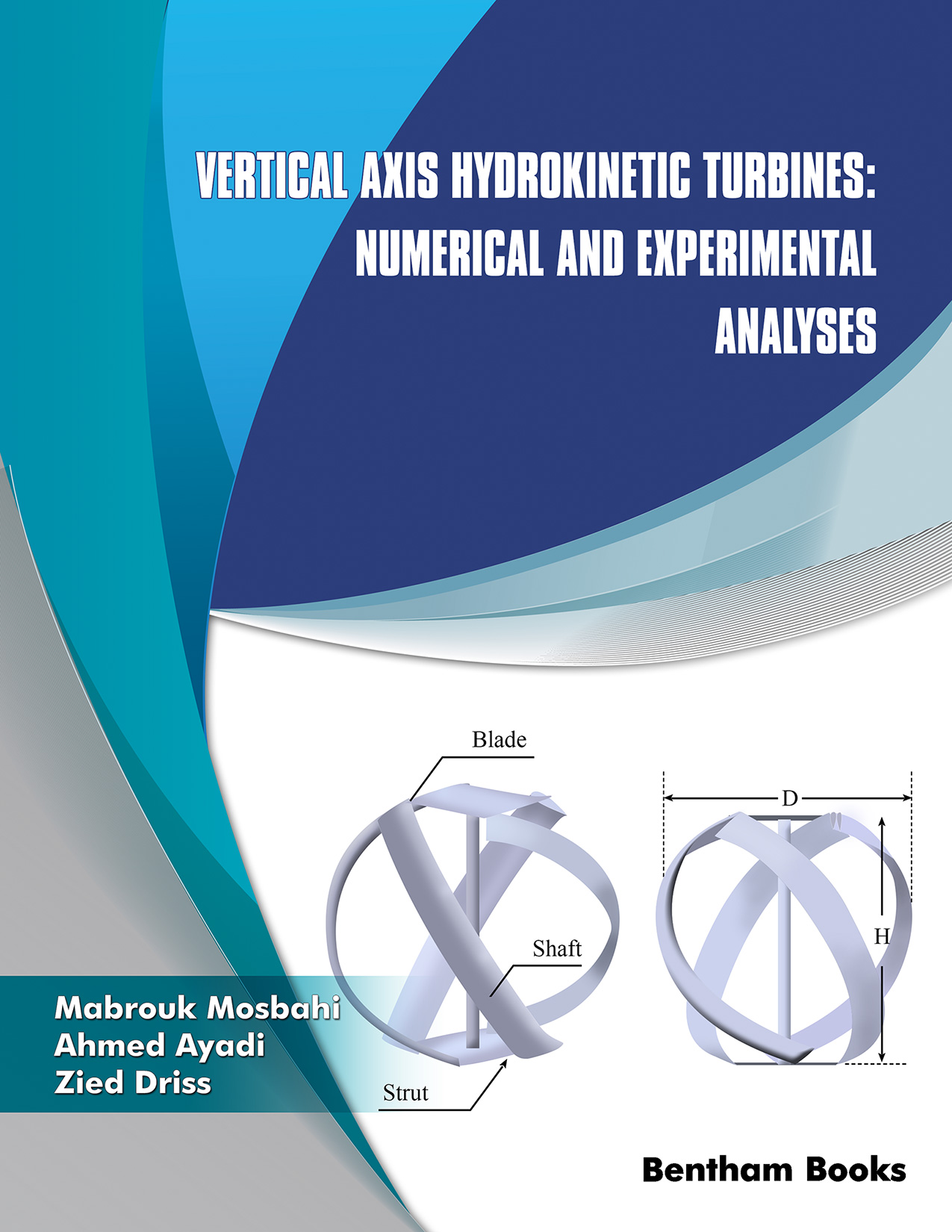In recent decades, global demand for energy has increased with the expanding world economy. For this reason, excessive use of non-renewable energy sources has been noticed. Climate change, air pollution, and carbon dioxide emission were considered as the principal disadvantages of the excessive use of fossil energy sources. To avoid the excessive exploitation of fossil energy sources, sustainable energies, which are produced by natural resources of energy, are recommended. Hydraulic energy, which is a sustainable energy source, is within this context. Hydraulic rotors ensure the generation of electrical energy from streams, canals of irrigation, or rivers. Indeed, hydraulic rotors convert the water kinetic energy into mechanical power. Afterward, the mechanical power is converted into electrical energy by a generator. Hydraulic rotors are categorized as hydraulic rotors with a horizontal axis of rotation and others with a vertical axis of rotation. Many researchers have noted that hydraulic rotors with a vertical axis of rotation present many benefits with regard to the ones with a horizontal axis of rotation. The simplicity of the geometric form, the easy maintenance, and the independence of the direction of the water are the major benefits of hydraulic rotors with a vertical axis of rotation.
This book focuses on the performance optimization of different proposed configurations of vertical axis water rotors. The book is composed of four chapters.
In the first chapter, the technology of the water turbines is presented. We introduce the water turbines’ background and classification, the basic parameters that characterize the water turbines, and their performance characteristics formulations. A brief literature review is also recapitulated to provide an idea about the improvement techniques carried out by researchers to boost the efficiency of the vertical axis water turbines, to situate the present work, and justify the novelty of our investigations.
In the second chapter, we discuss the governing equations and the numerical methods used in Ansys Fluent as the adopted CFD software. Indeed, the impact of the numerical parameters on the efficiency of different forms of hydraulic rotors is presented. Furthermore, the meshing, the turbulence model, and the rotating domain size effects are determined. The validation of the numerical model has been done with anterior results.
In the third chapter, we have conducted experimental and computational investigations of a V-shaped Darrieus hydraulic rotor. The experimental results are used to validate the computational fluid dynamics model. The spiral angle of the V-shaped blades has been varied. For each configuration, we present and discuss the hydrodynamic characteristics of the water such as velocity field, magnitude velocity, and turbulence characteristics behind the considered hydraulic rotor.
In the fourth chapter, the betterment of the performance parameters of spiral Savonius turbine and spherical Darrieus turbine is investigated through the addition of an aerodynamic appendage. In fact, two deflector systems are suggested around the turbines.
Finally, we summarize the different findings obtained in light of the current study to optimize the Darrieus rotor. We also propose new perspectives, which will be the subject of further work.
CONFLICT OF INTEREST
The author declares no conflict of interest, financial or otherwise.
ACKNOWLEDGEMENTS
Declared none.
CONSENT FOR PUBLICATION
Not applicable.
Mabrouk Mosbahi, Ahmed Ayadi & Zied Driss
Laboratory of Electromechanical Systems (LASEM)
National School of Engineers of Sfax (ENIS)
University of Sfax (US)
B.P. 1173, Road Soukra km 3.5, 3038, Sfax
Tunisia

